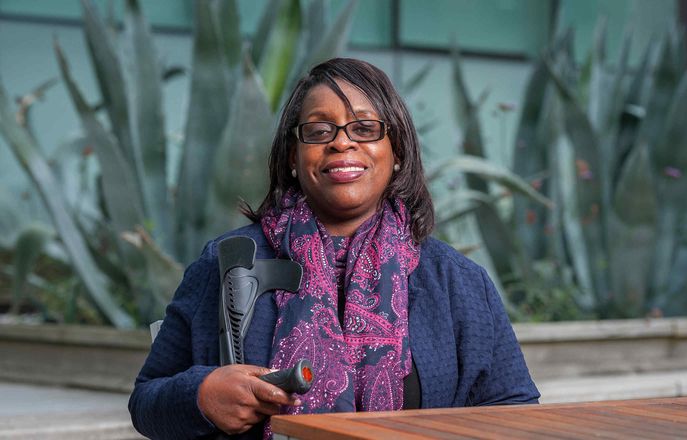
Our pay gap report for 2024 has now been published. This includes analysis of Imperial’s pay gaps relating to gender, ethnicity and for the first time, disability
We are proud to be reporting our disability pay gap for the first time this year, ensuring we widen our scope of support and provisions we need to put in place for our disabled community at Imperial. The first reporting figures for 2024 show that our median disability pay gap stands at 8.2% and the mean gap at 7.6%.
We are also updating the data for gender and ethnicity, which are published annually. The median and the mean gender pay gap have both increased: up to 10.3% for the median and 14.8% for the mean. Further, Imperial’s ethnicity pay gap has increased to 13.2% for the median and 19.5% for the mean.
It is disheartening to see pay gaps widening, especially in light of the dedicated efforts by our Faculties, Departments, and Professional Services. Notable progress has been made, such as increasing both the number and proportion of female Professors. Moving forward, we must continue working to close these gaps by reinforcing our long-term strategies, including the Race Equality Charter and Athena Swan action plans
Systemic change continues to be needed to reduce these gaps, which reflect an under-representation of women, minority ethnic and disabled colleagues employed at the senior levels of Imperial. This is evident particularly in Reader and Professorial appointments in the academic roles, as well as in Levels 6 and 7 in the Professional Services job family.
Imperial is committed to continuing to find ways to close the gender, ethnicity and disability pay gaps. This will include renewing and refreshing plans in place at a faculty and department level, as well as university-wide. Further information on the university’s initiatives and actions can be found here.
People are what makes Imperial successful and are at the centre of delivering our academic mission.
Best wishes,
Professor Ian Walmsley
Provost
What is the gender pay gap?
Like all other large organisations, Imperial has published details of its gender pay gap. This shows that the gap between the median hourly pay of men and women at Imperial has risen to 10.3% per cent.
Imperial's previous gender pay gap figures and previous ethnicity pay gap figures can still be accessed alongside the most current figures. The gender pay gap isn’t the same as equal pay – Imperial rightly pays men and women the same for work of equal value. Doing so has been a legal requirement since 1970.
What is the ethnicity pay gap?
While ethnicity pay gap reporting is still voluntary, Imperial has been publishing details of its ethnicity pay gaps since 2018. Figures for 2024 show that the gap between the median hourly pay of Black and Minority Ethnic group (BAME) to the White ethnic group (which includes White Other) at Imperial has increased from 9.5% in 2023 to 13.2%. The gap between the mean hourly pay of Black and Minority Ethnic group (BAME) to the White ethnic group at Imperial has also increased since last year from 15.7% to 19.5%.
What is the disability pay gap?
For the first time this year, Imperial have calculated its disability pay gap reporting. The disability pay gap highlights median hourly pay gap between disabled employees and non-disabled employees across the university.
There is also no requirement in law for employers to calculate and report on Disability Pay Gaps and no formal Government guidance exits in this area (unlike for Ethnicity Pay Gap where guidance does exist).
The first reporting figures for 2024, show that our median disability pay gap stands at 8.2% and the mean gap at 7.6%.
What are the reasons for our gender and ethnicity, and disability pay gaps?
Imperial pay gaps are predominately down to an under-representation of women, BAME, and disabled colleagues employed in the senior levels of Imperial: particularly the academic grades and also within Levels 6 and 7 in the Professional Services job family. This is reflected in the current Imperial representation in the upper quartiles.
The existence of the pay gaps does not mean that the University has an equal pay problem.
Imperial has implemented many initiatives over the years to address the broad concept of equal representation at all levels. More information on these are shared via the ‘Initiatives and Projects’ link below.
What are the figures we’ve reported?
Like all other large organisations, Imperial has reported data across a number of different elements: gender, ethnicity, and disability quartiles, mean and median pay gaps, and pay gaps in bonuses. You can access the data through the links below for the Gender, Ethnicity, and Disability pay gaps.





